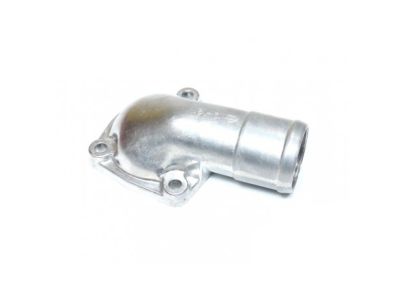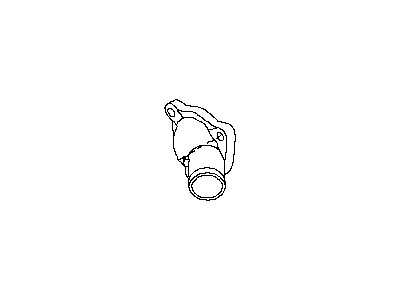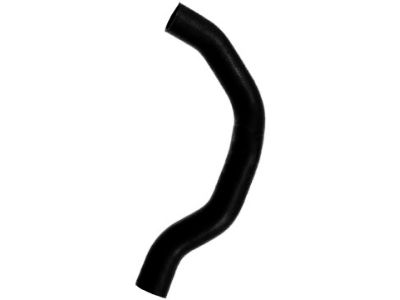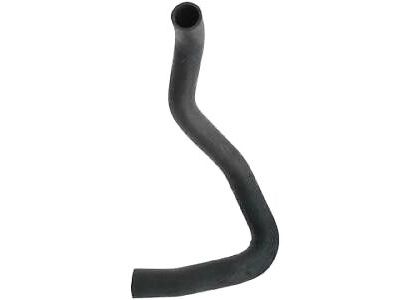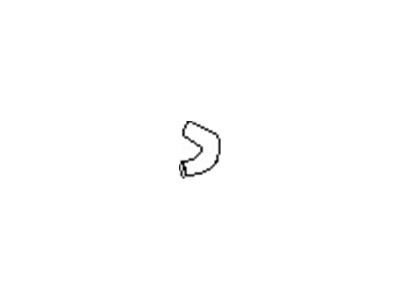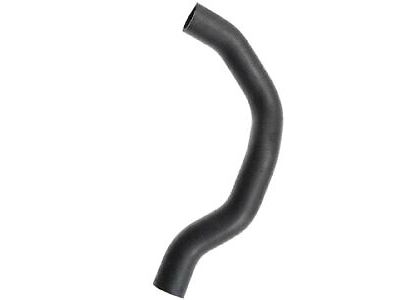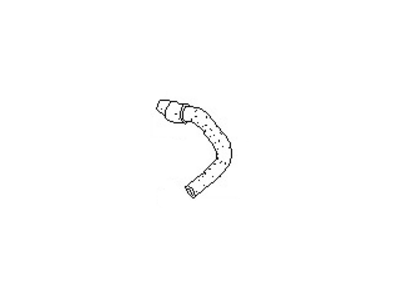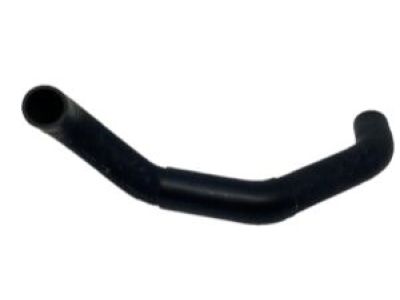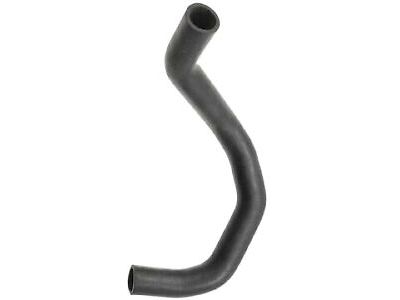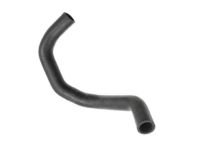×
- Hello
- Login or Register
- Quick Links
- Live Chat
- Track Order
- Parts Availability
- RMA
- Help Center
- Contact Us
- Shop for
- Nissan Parts
- Nissan Accessories

My Garage
My Account
Cart
Genuine Nissan 240SX Radiator Hose
Radiator Hose Tube- Select Vehicle by Model
- Select Vehicle by VIN
Select Vehicle by Model
orMake
Model
Year
Select Vehicle by VIN
For the most accurate results, select vehicle by your VIN (Vehicle Identification Number).
9 Radiator Hoses found

Nissan 240SX Water Inlet
Part Number: 13049-40F00$28.76 MSRP: $39.65You Save: $10.89 (28%)Ships in 1-2 Business Days





Nissan 240SX Radiator Hose
If you need any OEM Nissan 240SX Radiator Hose, feel free to choose them out of our huge selection of genuine Nissan 240SX Radiator Hose. All our parts are offered at unbeatable prices and are supported by the manufacturer's warranty. In addition, we offer quick shipping to have your parts delivered to your door step in a matter of days.
Nissan 240SX Radiator Hose Parts Questions & Experts Answers
- Q: How should radiator hoses and coolant be maintained and handled during inspection and replacement on Nissan 240sx?A:The upper and lower rubber hoses that connect the top radiator hose with the engine, as well as all heater hoses, should be checked for signs of wear, cracks, leaks and or loose hose clamps every 15, 000 miles or 12 months. Also, the front of the radiator must be inspected, so that dust, bugs, or leaves clogging the area be cleared out. It must be noted that ethylene glycol present in the coolant is attractive to pets and if the animal drinks sufficient amounts of it, it can prove to be lethal; coolant must always be drained into a container with a lid and reused if it is not contaminated or if it is not older than several years. The engine should also be off and cool before the radiator cap is unscrewed to allow the draining of the coolant unto a container for re-use. Spare hose clamps should be released while the spare hoses can be disconnected by either cutting or twisting at the radiators and engine coolant inlets. When attaching new hoses, recommended tightened force which squeezes the clamps must not be applied excessively since this can be destructive to the hose or the radiator neck. Finally, once the coolant is in the radiator, it should be run with the cap on and the level of coolant should be checked once the engine is warm , usually for 5-7 minutes. It is recommended not to leave hose clamps in the car when the radiator hose has been replaced.
